Infrared Windows 101 – The Basics You Need to Know – Presentation
Introduction
Advantages of Infrared Electrical System Surveys
- Locate loose connections, faulty equipment, over/unbalanced loads
- Help identify problems before a failure, allowing a scheduled repair
- Improve reliability and decrease downtime
- Comply with insurance company requirements
- Meet industry specific inspection requirements
Challenges of an Infrared Survey
- Requires a direct line of sight to the target
- Electrical equipment must be open at the time of the survey
- Time and cost of preparing for the Survey
- Arc Flash requirements must be followed
 |
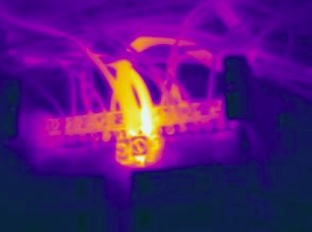 |
Overcoming Challenges of an Infrared Survey
- Use in-house staff to open and close equipment
- Hire an outside contractor to open and close equipment
- Install Infrared Windows
 |
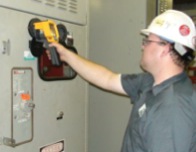 |
Window Types
Ports or Fish Eyes
- Consists of a metal or plastic frame
- Has a single, small diameter opening (< 0.5 inches)
- Usually require the use of special wide angle or ‘fisheye’ lenses
- Thermal imager must be designed to accept such lenses
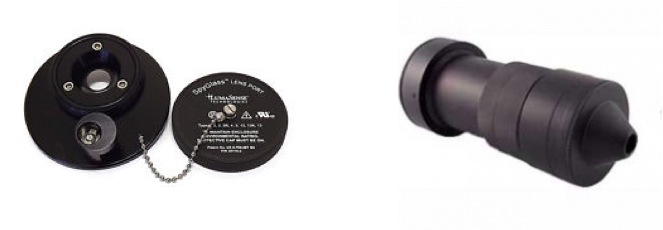
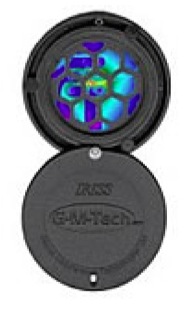
Grills
- Similar to ports – Larger diameter than ports
- Contain a metal plate – Multiple small diameter openings or do not have a solid barrier or pane
- Thermal image may show the metal plate
- Electrical components visible through the openings
Infrared or IR Window
- Specially engineered optic – Designed to permit infrared inspections of electrical components or crystal or polymer material that is infrared transmissive
- Metal or plastic frame to support the optic pane
- May or may not have a grill in place
- Protective covering when they are not in use
- Various shapes and sizes are possible

IR Window Components
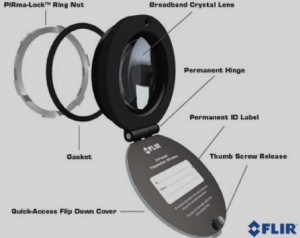
- Backing Ring or Plate
- Lens or Optical Plane
- Front Ring or Plate
- Cover
- Optional – IR Label & Equipment ID
Crystal Panes
- Original material used for Infrared Windows
- Germanium, Zinc Selenide, Calcium Fluoride and Sapphire
- CorDEX, FLIR, Fluke and IRISS
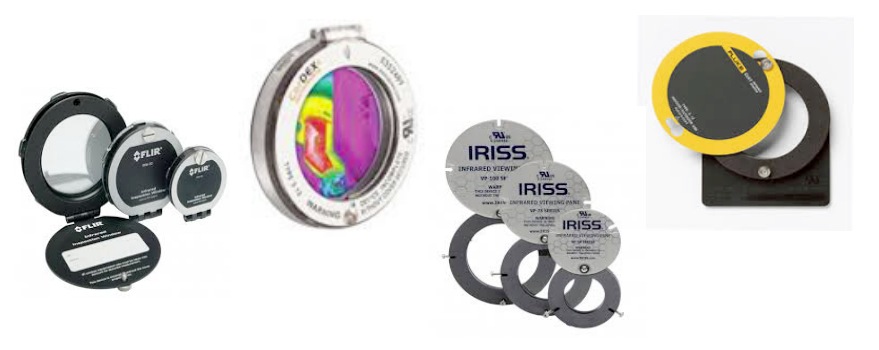
| Crystal Advantages | Crystal Limitations | |
| Ideal for high ambient temperatures Limited to 4″ diameter | Limited to 4″ diameter | |
| Withstands extreme environments | Round shape only | |
| Allows visual inspections | Not impact resistant | |
| Compatible with all IR Imagers | Usually more expensive than polymer |
Polymer Panes
- In use since the late 1990’s
- Opaque or clear
- With or without reinforcement
- Exiscan, IRISS

| Polymer Advantages | Ploymer Limitations | |
| Ideal for industrial environments | Not suitable for high temperature environments (over 200°C) | |
| Stable, consistent transmissivity | An expert should be consulted before ordering custom sizes or shapes | |
| Compatible with all IR Imagers | Not all are clear | |
| Impact resistant | ||
| Size and shape options available | ||
| Less expensive than crystal |
How IR Windows Work
- Optic lens are infrared transmissive
- Data collection point installed in the metal
- Infrared imager lens is placed directly on the window
- Thermal data is recorded same as with equipment open

Advantages
Data Management
-
- Same target, location, distance and angle
- Consistent trendable data in any PdM process
- Use IR Labels for standardization
Risk Management
-
-
-
- Eliminate risk where possible
- No longer required to open and close panels
-
-

Safety
-
-
-
- Survey energized electrical equipment
- No removal of the panels
- Reduces the risk of an arc flash incident
-
-

Standards Compliant
-
-
-
- Equipment remains enclosed and guarded condition
- Reduces potential electrical hazard during inspection
- Survey equipment not previously accessible
-
-
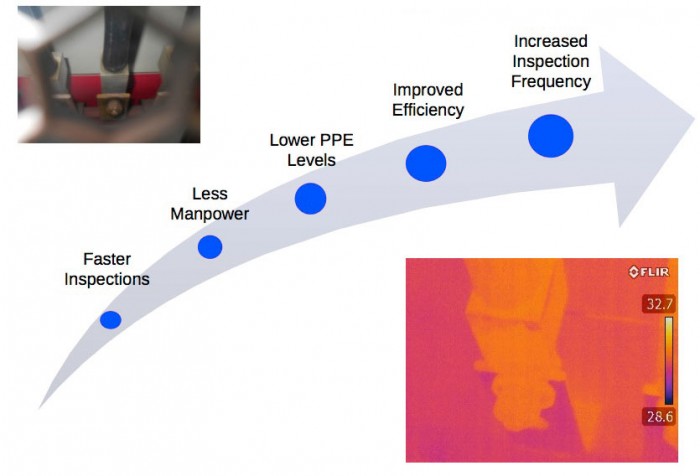
Selecting IR Windows
Facts to Consider
-
-
-
- Available Field-of-View
- Camera lens compatibility
- Environment
- Need for visual or ultrasonic
-
-
Components to be inspected
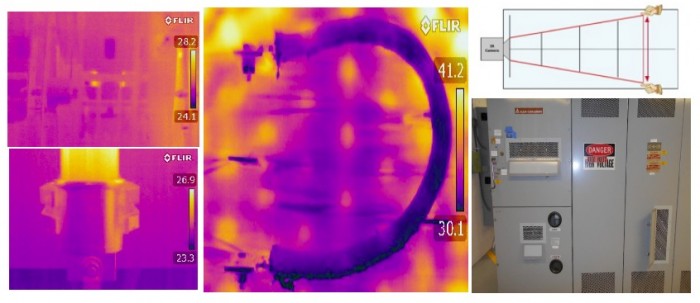
Where to Install IR Windows
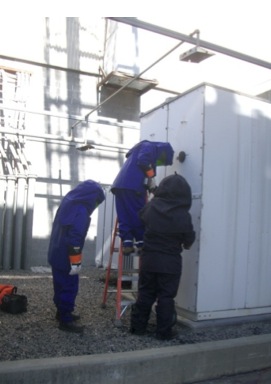
Considerations
- Frequency of the equipment to be inspected
- Complexity of opening the panels
- Arc flash precautions
- Facility safety requirements
Common Equipment
- Dry-type Transformers
- MCC
- Distribution Panels
- Switchgear Cabinets
- High & Medium Circuit Breakers
- Control Cabinets
- RestrictedAreas
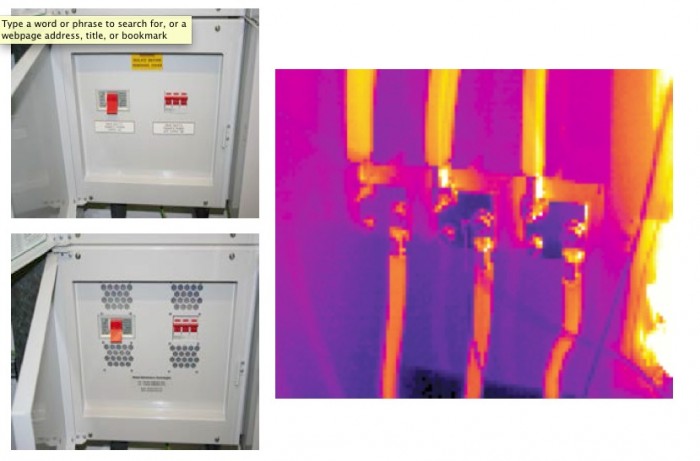
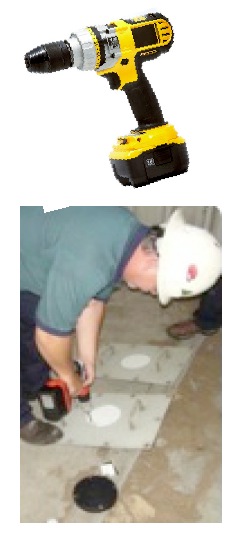
Qualified, trained personnel
- Must understand proper window placement
- May opt to work with an experienced thermographer
Identify all targets
- Fuses, breakers
- Cable and bus connections
- Any mechanically fastened connection
IR ID labels ensure repeatable data collection
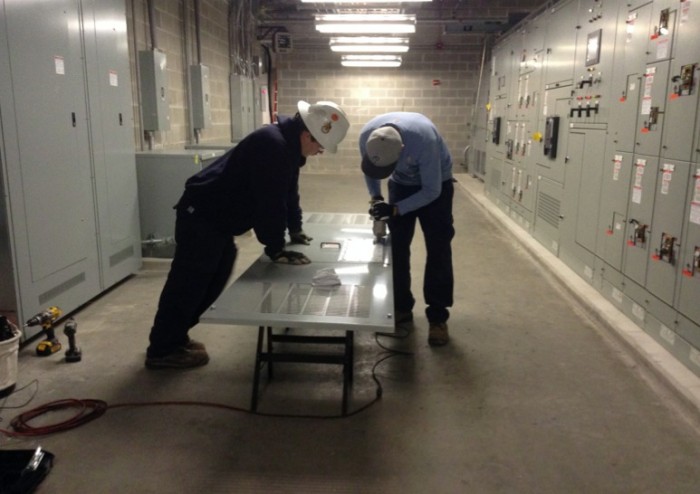
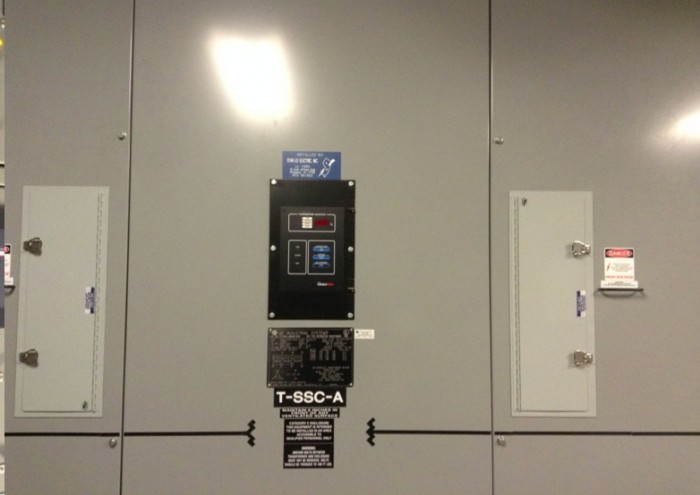
How to Pay for IR Windows
| Number electricians required to open/close | X | Number of days to perform the Survey | = | Number of Electrician Man Days |
| Number of Electrician Man Days | X | Cost per electrician per day | = | Total Cost of Electricians |
| Number of days to perform the Survey | X | Cost of Thermographer per day | = | Thermographer Cost |
| Total Cost of Electricians | X | Thermographer Cost | = | Cost of Traditional Infrared Survey |
One Time Costs
| Number electricians required to open/close | X | Number of days to perform the Survey | = | Number of Electrician Man Days |
| Purchase of IR Windows | X | Cost of Installation | = | Permanent Solution |
| Number of Electrician Man Days | X | Cost per electrician per day | = | Total Cost of Electricians |
Cost of Future Infrared Surveys
| Number of days to perform the survey | X | Cost of Thermographer per day | = | Thermographer Cost |
How to Start an IR Window Program
When purchasing IR Windows
- Consider bulk purchases
- Possible discounts
- Prevent any delays during installation
- Possibly allow additional windows to be installed
Possible Sources of Funds
- Money left in your budget
- Capital Improvement
- Safety Budget
- Insurance Reductions
- Reliability or Cost Avoidance
- Regulation Compliance
List of all equipment that should have IR Windows
- Prioritize each piece of equipment
Make inventory of all needed IR Windows
-
- Type of window, location, installation schedule
Plan the installation of the windows
- Start with highest priority
- Availability of equipment
- Frequency of inspections
- Safety hazardous risks